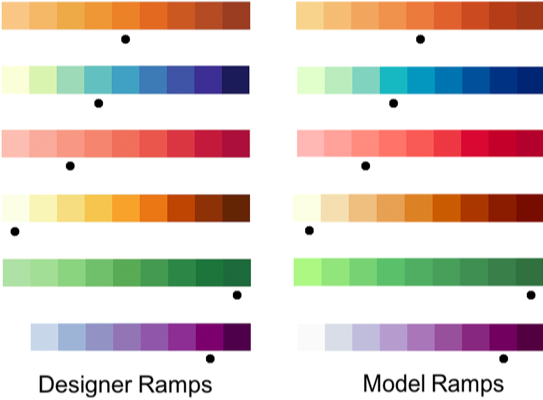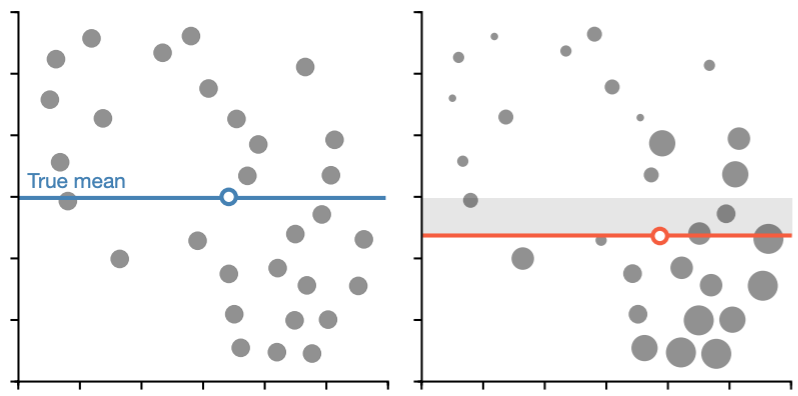|
|
The space of consumer display technologies is evolving rapidly. This provides people with access to displays of different shapes, sizes, and capabilities, such as mobile phones, HMDs, and smartwatches. New displays afford new opportunities for analytics tools that help people make sense of our increasingly data-driven world. This project looks at how people perceive and interact with visual information with different display technologies, with a special emphasis on immersive analytics (e.g., visualizations in augmented reality) and data physicalization (e.g., visualizations using physical media). We develop guidelines, techniques, and tools that effectively leverage the capabilities of these technologies to enhance the ubiquity, accessibility, and effectiveness of data analytics and immersive visual applications.
Funding: National Science Foundation, NREL, National Institutes of Health, University of Colorado Innovative Seed Program
Example Publications:
J. Kandel, C.J. Parker, Q. Zheng, H. Jiang, A. Angelopoulos, A. Neall, P. Wagh, D. Szafir, H. Fuchs, M. Lewek, & D.A. Szafir. "PD-Insighter: A Visual Analytics System to Monitor
Daily Actions for Parkinson’s Disease Treatment." ACM CHI, 2024. 
S. Bae, T. Fujiwara, A. Ynnerman, E. Yi-Luen Do, M. Rivera, & D.A. Szafir. "A Computational Design Process for Sensing Network Physicalizations." IEEE VIS, 2023. 
|










